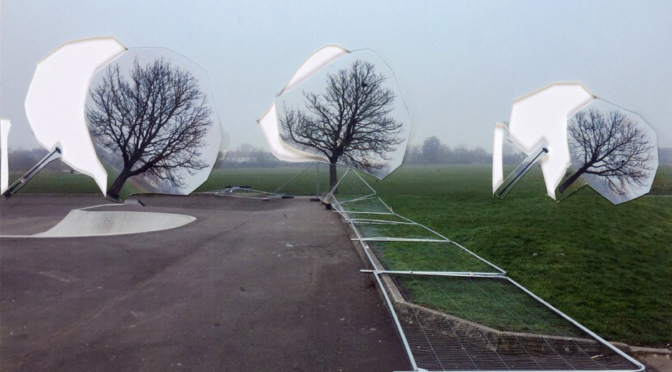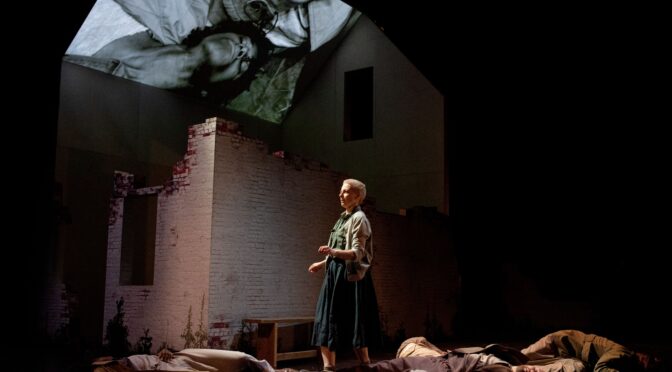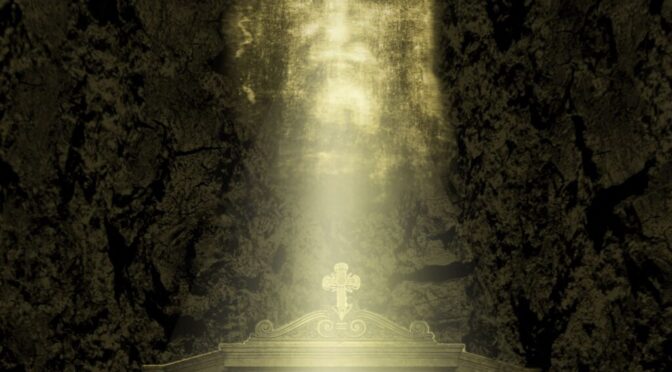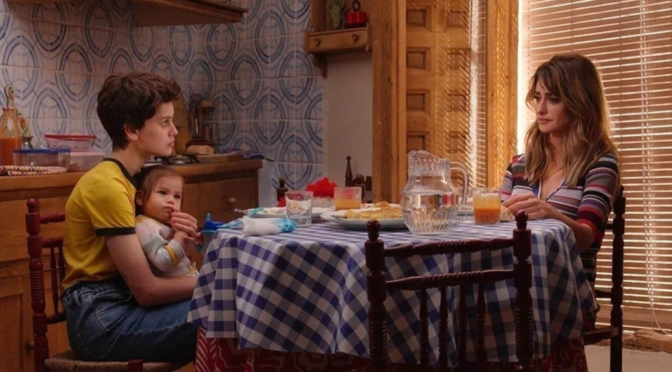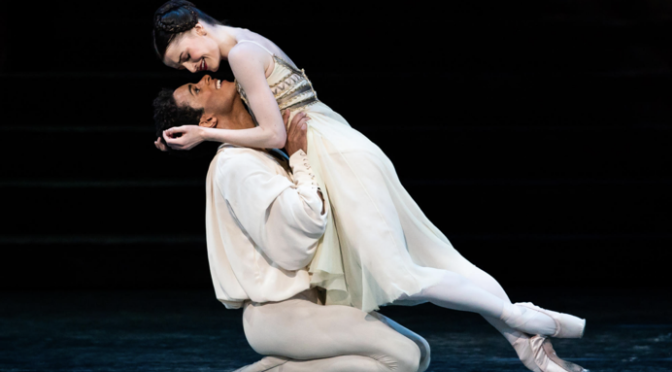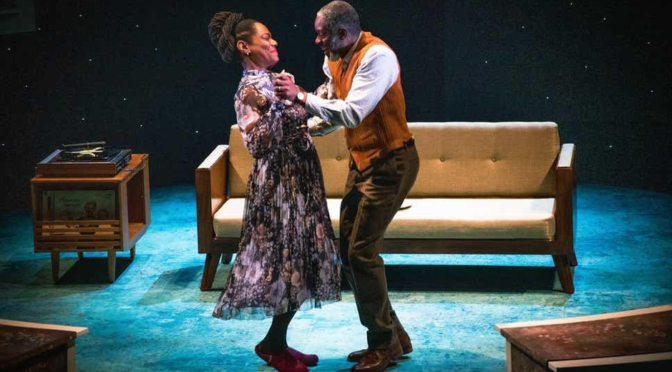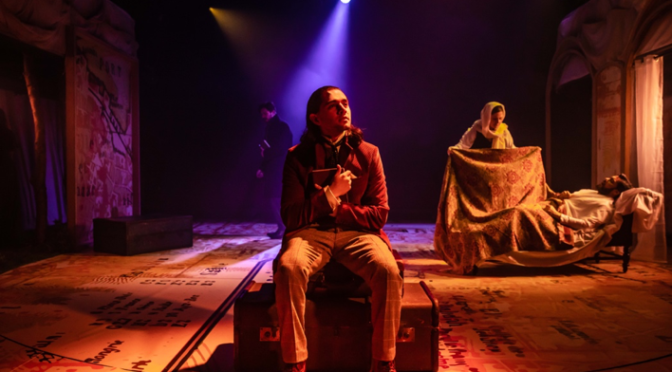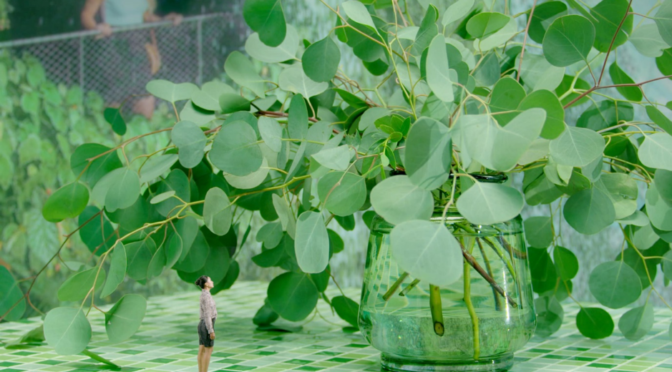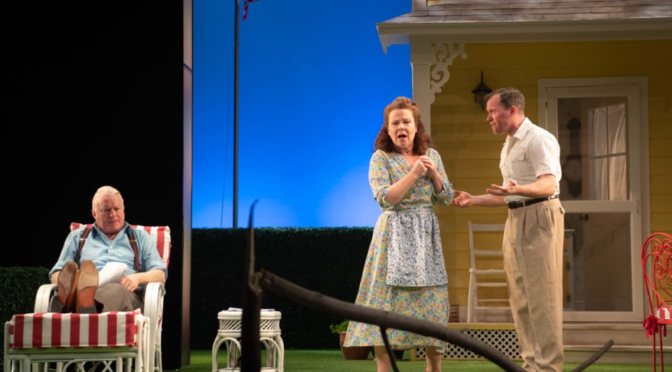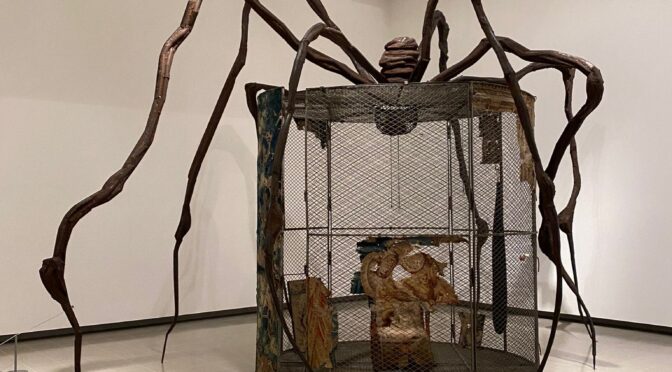‘By Hand, On Foot’, a solo exhibition by London-based artist Vlatka Horvat, is now on view at the Peer Gallery. Using a variety of media including sculpture, installation, collage, video, and photography, Horvat has been exploring the theme of ordinary yet imaginatively altered spaces and the experience of bodies within since earlier in her career. A central piece in the exhibition, To See Stars over Mountains (2021), is indicative of her artistic endeavors to date.
Consists of 365 works on paper – one produced for every day of 2021, To See Stars over Mountains represents the artist’s attempt to redraw the physical, social, and environmental boundaries experienced in our everyday lives. In this series, Horvat reinvented insignificant and common places we pass through every day into an otherworldly sphere by adapting techniques such as tearing, cutting, drawing, copy and pasting. “For this project I gave myself this framework: every day on the walk I would take a photo of the landscape, mostly devoid of people, and then at home I’d print it and intervene in the image in various ways, drawing on it, ripping the paper, reorganising the image and so on. There was a sub-rule – related to my work more broadly – that whatever I did to the image had to come from the image”,(1) said Horvat in an interview with artist and curator Will Jennings. This creative process results in an abundance of images with wit and humour: uprooted trees cut partially from the image, hand-drawn orange ladders connecting the park ground and the cloud, and a long straight ‘wound’ of a giant gray cloud being stitched up by continuous lines added in-between. However, the interventions made by Horvat in the image are far from seamless. Instead, they are made deliberately visible and obvious, indicating her underlying intention to invite visitors to reflect on what has actually been altered and what was previously present in the image. “What I was interested in with the work was that it was very much about looking. This idea of looking, repeated looking, and looking over and over again, at the same place.”(2)
The exploration of space and looking extends to Horvat’s 24-minute video work, Until the Last of Our Labours Is Done (2021). With the video, Horvat proceeds to investigate the ways in which objects influence the movement of the body as well as the relationship between the body and the landscape. Rolling different everyday objects continuously on the ground, Horvat raises questions about the physical boundaries of space and the symbolic line drawn between artistic creation and meaningless acts.
In conjunction with the aforementioned works, Horvat also probes further into the idea of boundary in her installation work, What Is on the Ground and What Is in the Sky (2022). Exhibited in another room, a fragile structure made from cheap and common materials such as cardboard and duct tape stretches from the ground to the ceiling. Walking carefully through the installation, the weak ‘columns’ or ‘obstacles’ that appear to support yet erect barriers in the space, visitors are again given a chance to re-examine the limits, boundaries and edges of a given environment.
To learn more about how Vlatka Horvat unfolds space and bodily experience in our everyday lives, please visit: https://www.peeruk.org/vlatka-horvat
Image Credit: Vlatka Horvat, To See Stars over Mountains, (01 March), 2021, Inkjet photo collage, 29.7 x 21 cm, Image from Peer UK
Sun A Han is a volunteer writer for Abundant Art. Originally from South Korea, she discovered her passion for art at the age of ten, by encountering Picasso’s masterpiece – “Guernica”. She is currently pursuing a master’s degree in Art Theory and Philosophy at Central Saint Martins. As a writer, she aspires to write about art that heals the soul, touches the heart, and gives voice to the oppressed.
[1] recessed.space (link) – Feb 2022. “Vlatka Horvat’s collages landscapes. In conversation with Will Jennings.)
[2] recessed.space (link) – Feb 2022. “Vlatka Horvat’s collages landscapes. In conversation with Will Jennings.)

